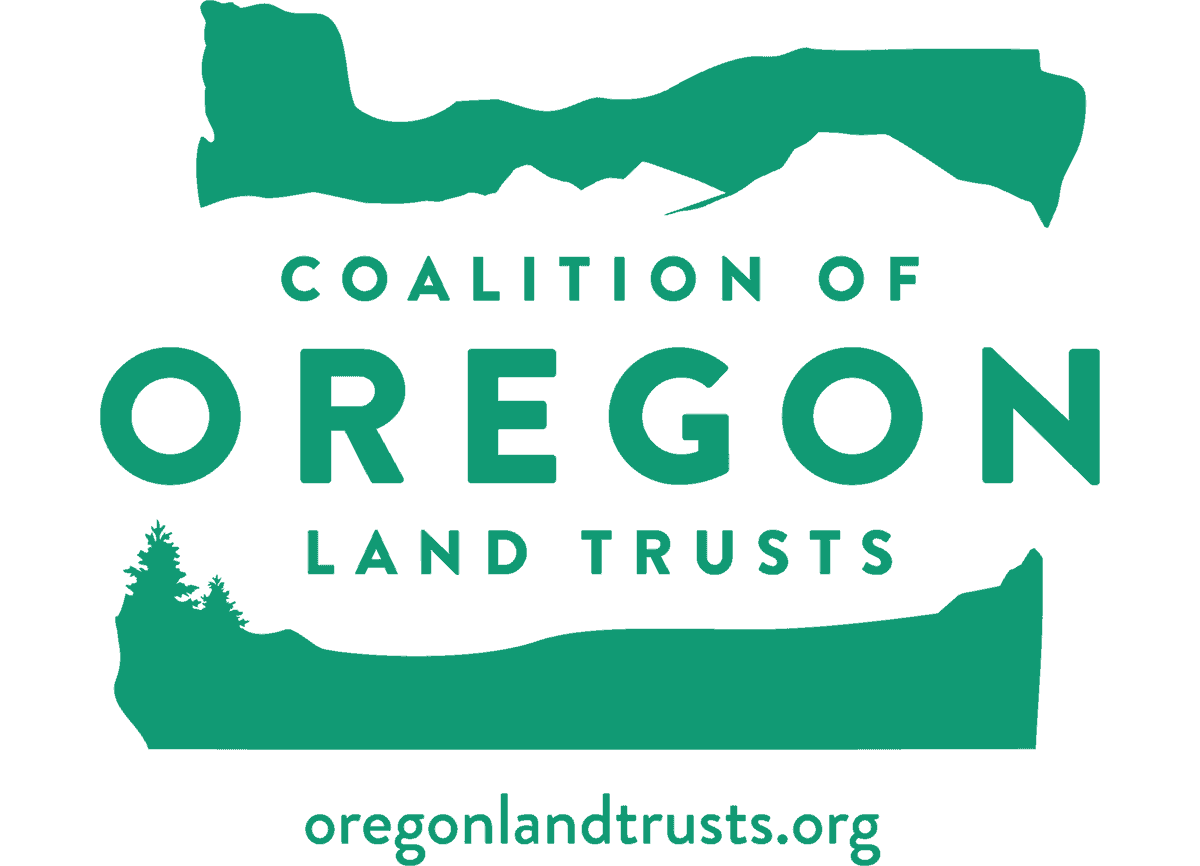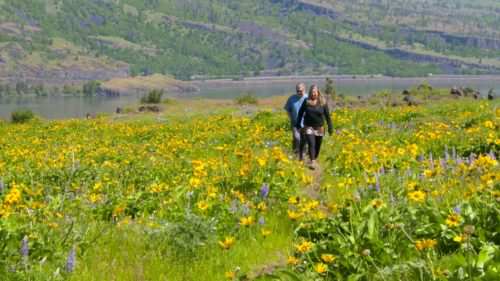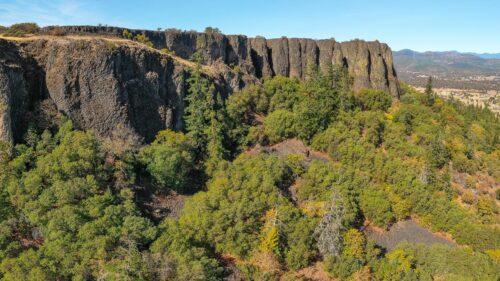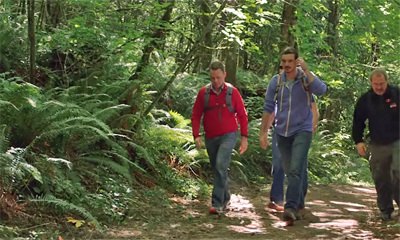Editor’s note: Face coverings (ages 5 and up) are required at all indoor public spaces statewide, regardless of vaccination status. Learn more here.
Most of us are familiar with Oregon’s most beloved public lands, including Crater Lake National Park and the incredible Oregon State Parks system. But there are even more places in Oregon that are open for the public to explore that are less known and generally less crowded.
All around Oregon, you’ll find vast, beautiful landscapes managed by land trusts — nonprofits that help conserve land to protect water, wildlife, open space and ultimately build more resilient communities. All across the state, the Coalition of Oregon Land Trusts is comprised of more than 30 member organizations that own and manage more than 420,000 acres, 100,000 of which are open for public access. Whether you’re looking for an easy nature walk or a remote mountain climb, these less-traveled places offer the perfect chance to get outside, connect with the natural world and explore local wildflowers and wildlife like migrating birds, elk, deer and more — and they each tell a story about community coming together to protect a special place.
Here’s just a glimpse of some of these sites. (For a full list, download the Coalition of Oregon Land Trusts’ “Oregon I Am” map (available in English and Spanish) for a guide to the 81 special places you can visit across the state thanks to land trusts.
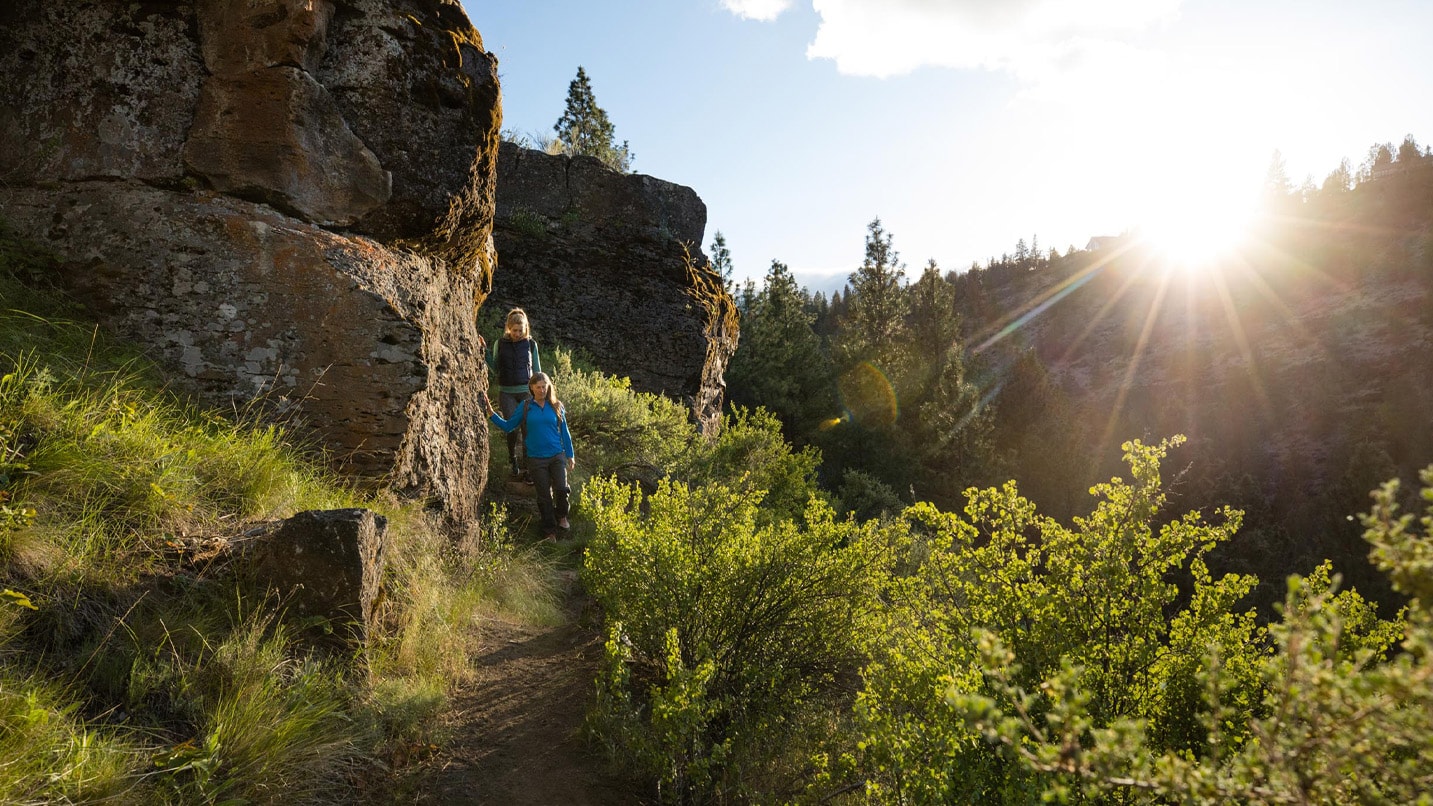
Scenic Canyon Hiking in the High Desert
Central Oregon
Whychus Canyon Preserve was established in 2010 and has since become an ideal habitat for salmon and steelhead and other wildlife in Central Oregon. More than 7 miles of hiking trails cover the Preserve, which is open year-round and protected by the Deschutes Land Trust. Hikers can search for more than a dozen varieties of wildflowers in spring, vibrant stands of aspen in fall, nearby Cascade peaks and several species of wildlife — including elk, deer, and golden eagles.
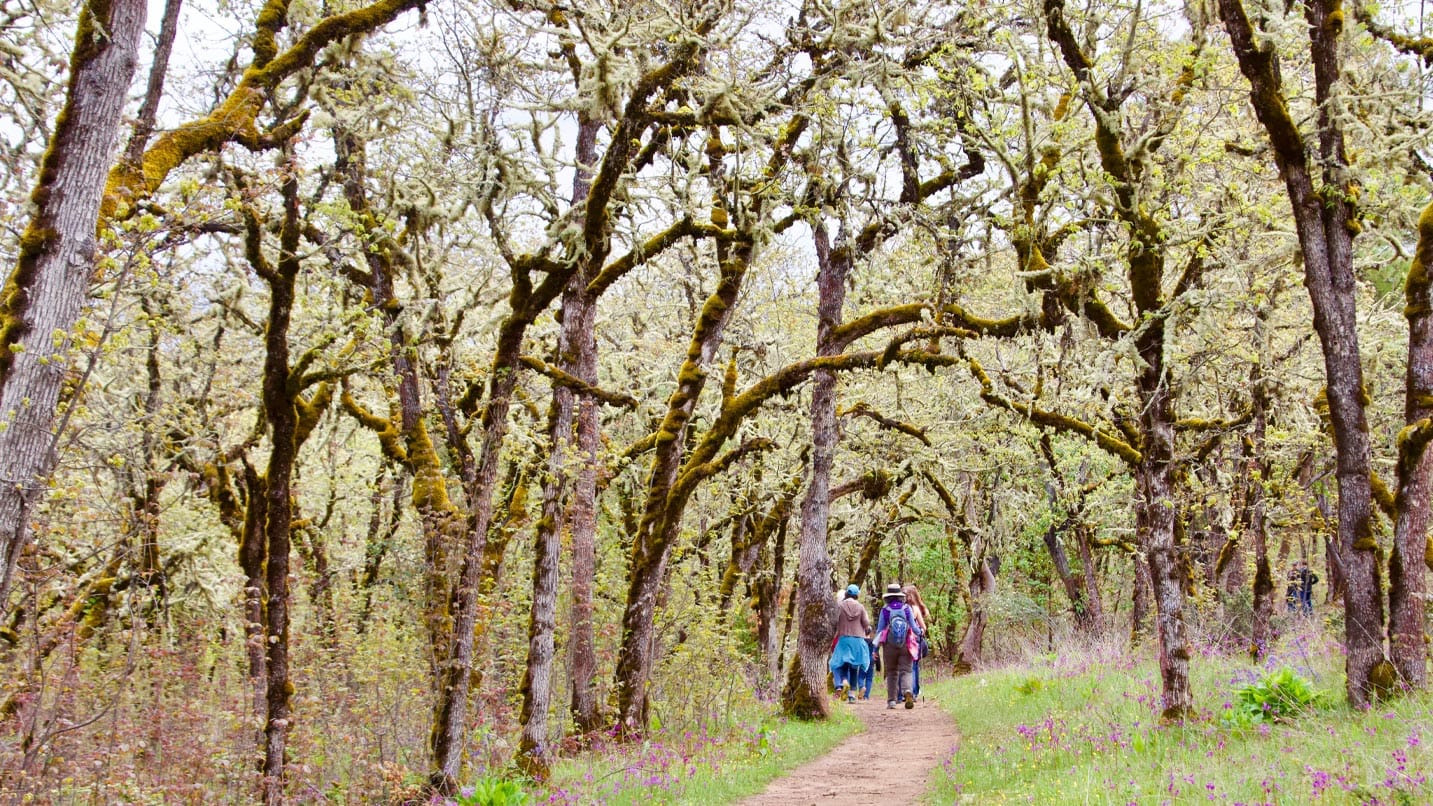
Wooded Parkland in a Thriving Forest
Southern Oregon
The scenic Jacksonville Woodlands, just west of Jacksonville in the Applegate Valley, were once the site of a tent city during the Gold Rush in the 1850s. You won’t see any tents today, though several interpretive panels explain the area’s cultural and natural history. These days the parkland (owned by the city of Jacksonville and protected by the Southern Oregon Land Conservancy) is home to a forest of Douglas-fir and ponderosa pine, bubbling streams, and the endangered Gentner’s fritillary (a reddish plant noted for its bell-shaped bloom). In all, nearly 250 plant species have been documented around the woodlands, which can be accessed by 18 miles of dog-friendly, year-round walking trails.
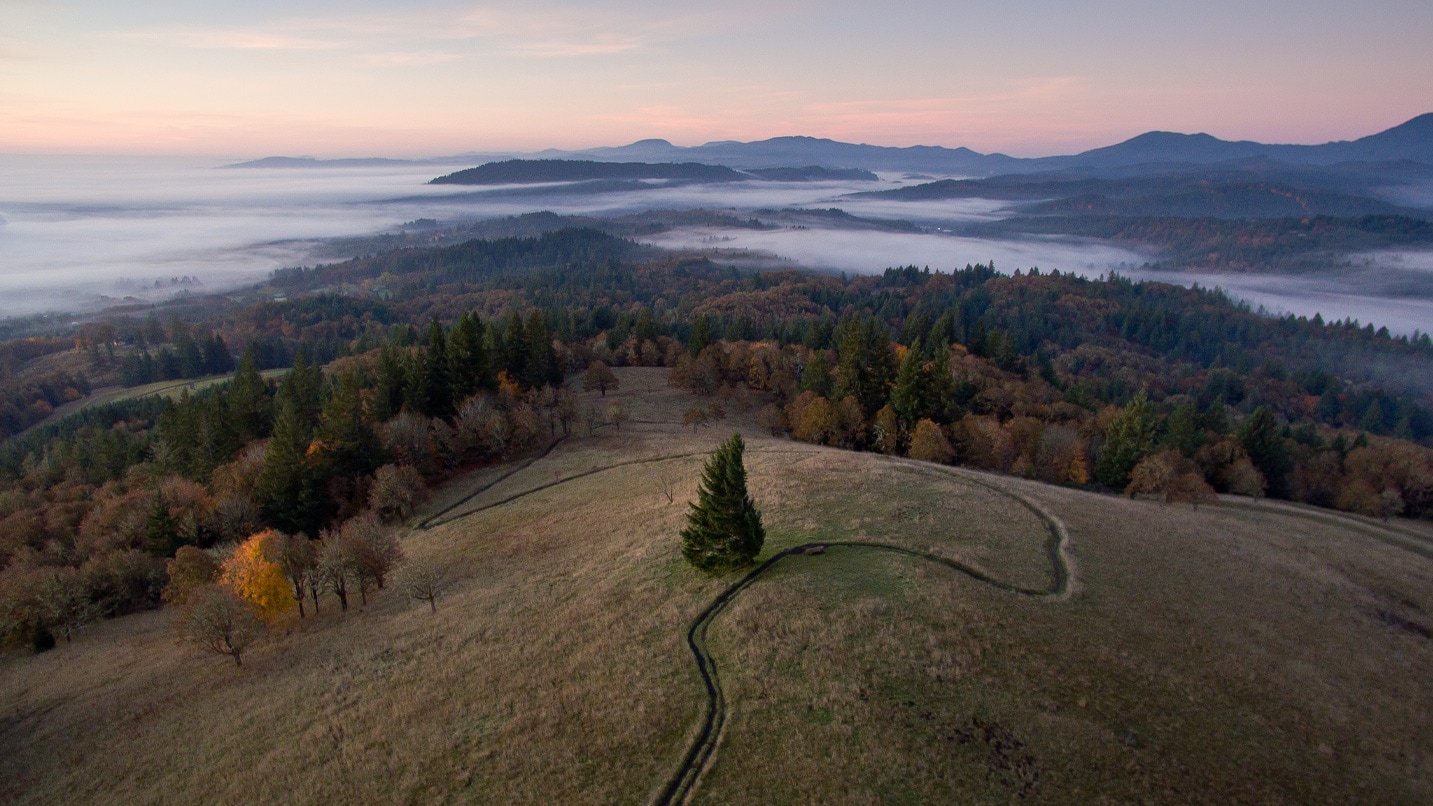
Historic Willamette Valley Ecosystems and Coast Range Views
Willamette Valley
For centuries, the Willamette Valley contained more than a million acres of oak savanna, upland prairie and vast wetlands. While many of those historic ecosystems have been lost, they remain intact at places like Fitton Green Natural Area near Philomath. This scenic natural area, protected by the Greenbelt Land Trust and Benton County, occupies a grassy bald in the Oregon Coast Range foothills and is connected to more than 16 miles of dog-friendly hiking trails that wind through oak stands, rolling prairies and more. Watch for the endangered Taylor’s checkerspot butterfly, as well as woodpeckers, deer and elk. The trails at Fitton Green are open year-round.
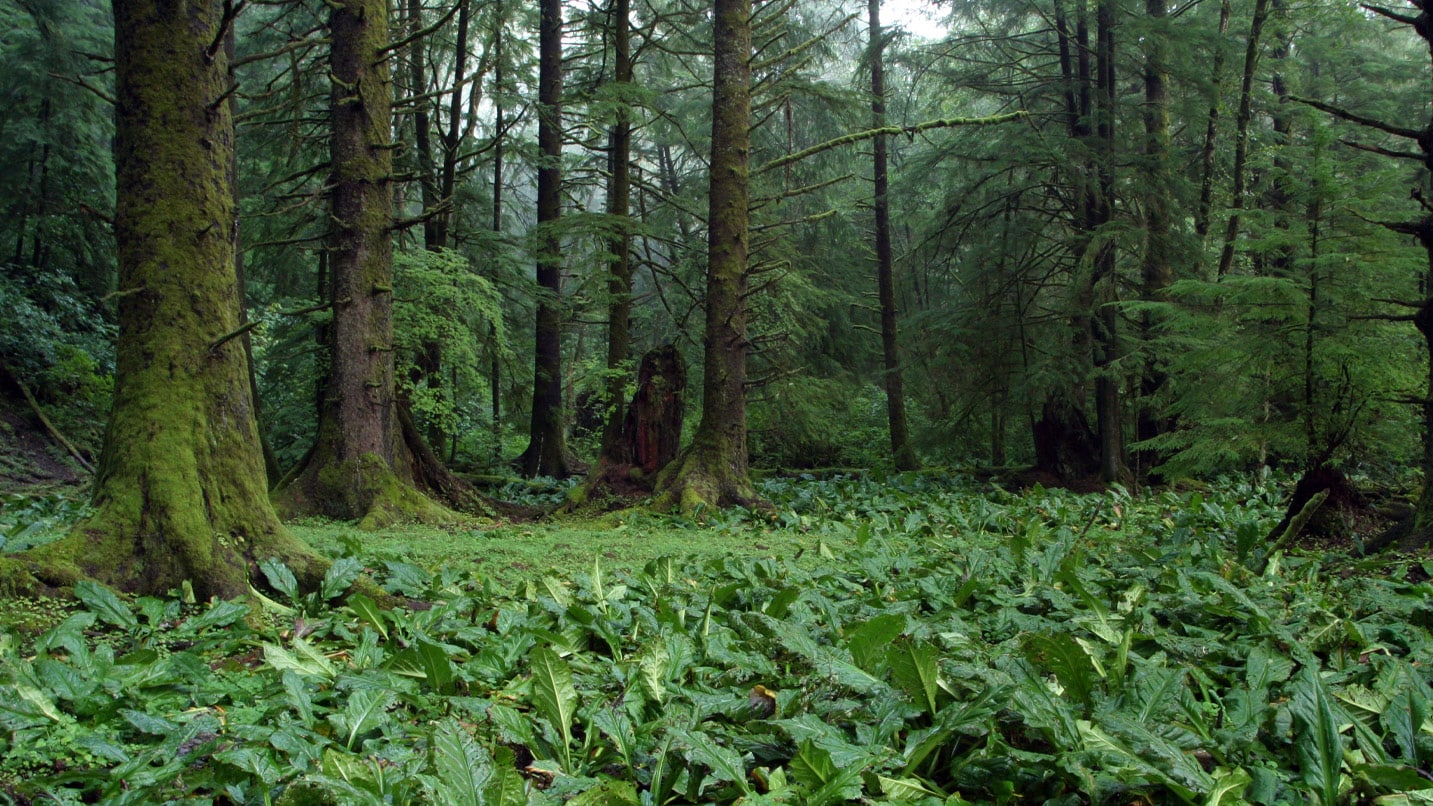
Recovering Wetlands and Thriving Wildlife
Oregon Coast
At the southern edge of Seaside sits Circle Creek Conservation Center, a quiet watershed and onetime pasture that is slowly returning to its former glory as a coastal rainforest near the base of Tillamook Head. Two hiking trails totaling 3.2 miles pass through riparian forests (including a stately stand of Sitka spruce) and offer plenty of wildlife-watching opportunities; coho salmon, bald eagles and a large elk herd have been spotted at Circle Creek (protected by North Coast Land Conservancy). Note that dogs are not permitted, and visitors must sign in before hiking. The park’s trails are open year-round from dawn to dusk, but the boardwalks may be slippery after rain in fall, winter and spring.
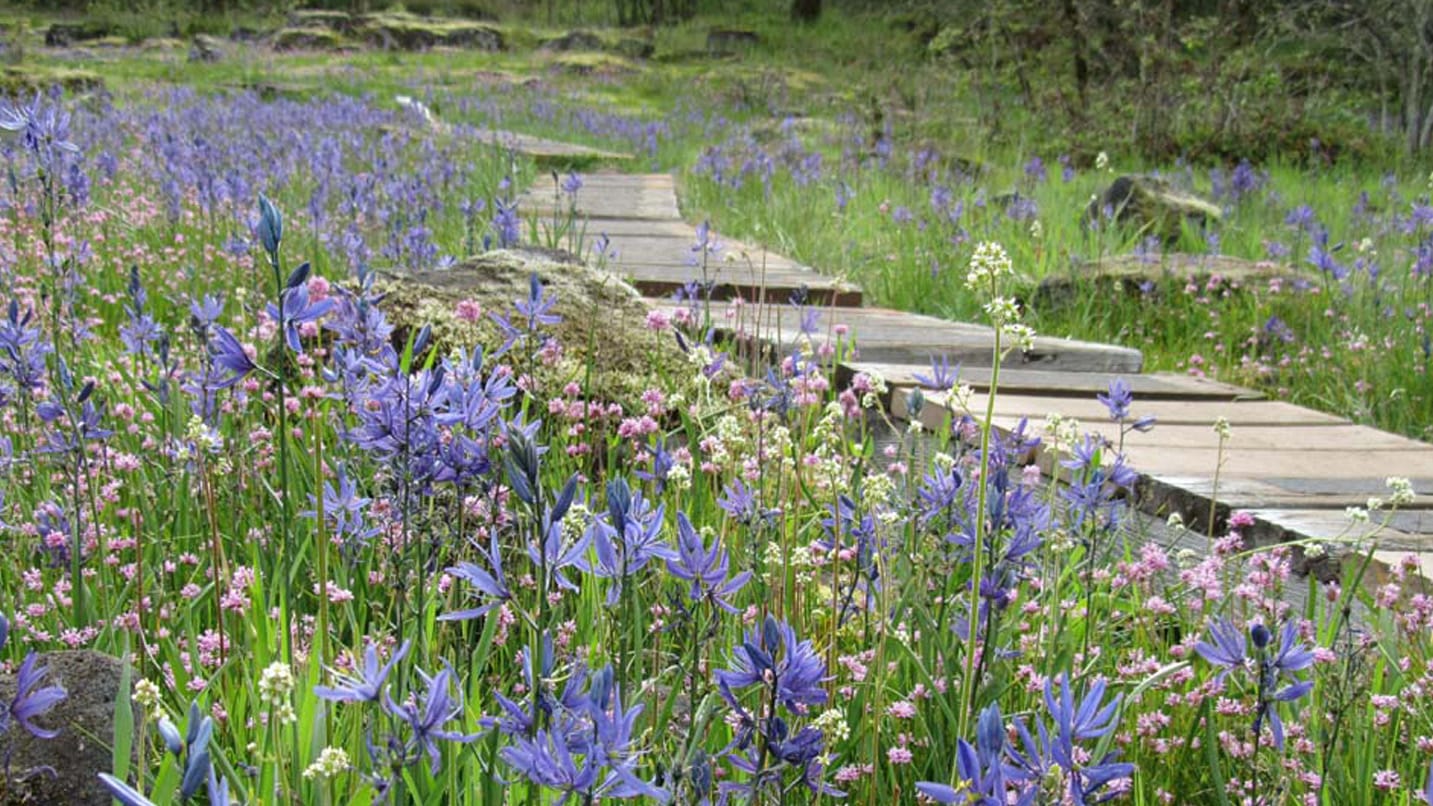
Springtime Camas Blooms and Rare Oak Stands
Portland Region
Not far from the banks of the Willamette River in West Linn, Camassia Natural Area (managed by The Nature Conservancy) is noted for the more than 400 plant species that call the preserve home. None are more famous, however, than the common camas — with star-shaped purple blooms that erupt around the natural area’s rocky plateau in April and early May each year. The root bulb is an important first food source for Native Tribes in this region. Oregon white oak, once a common sight in the area, also grows in abundance here. Dogs are not permitted at the preserve, which is open year-round and features about 2 miles of dirt and boardwalk trails.
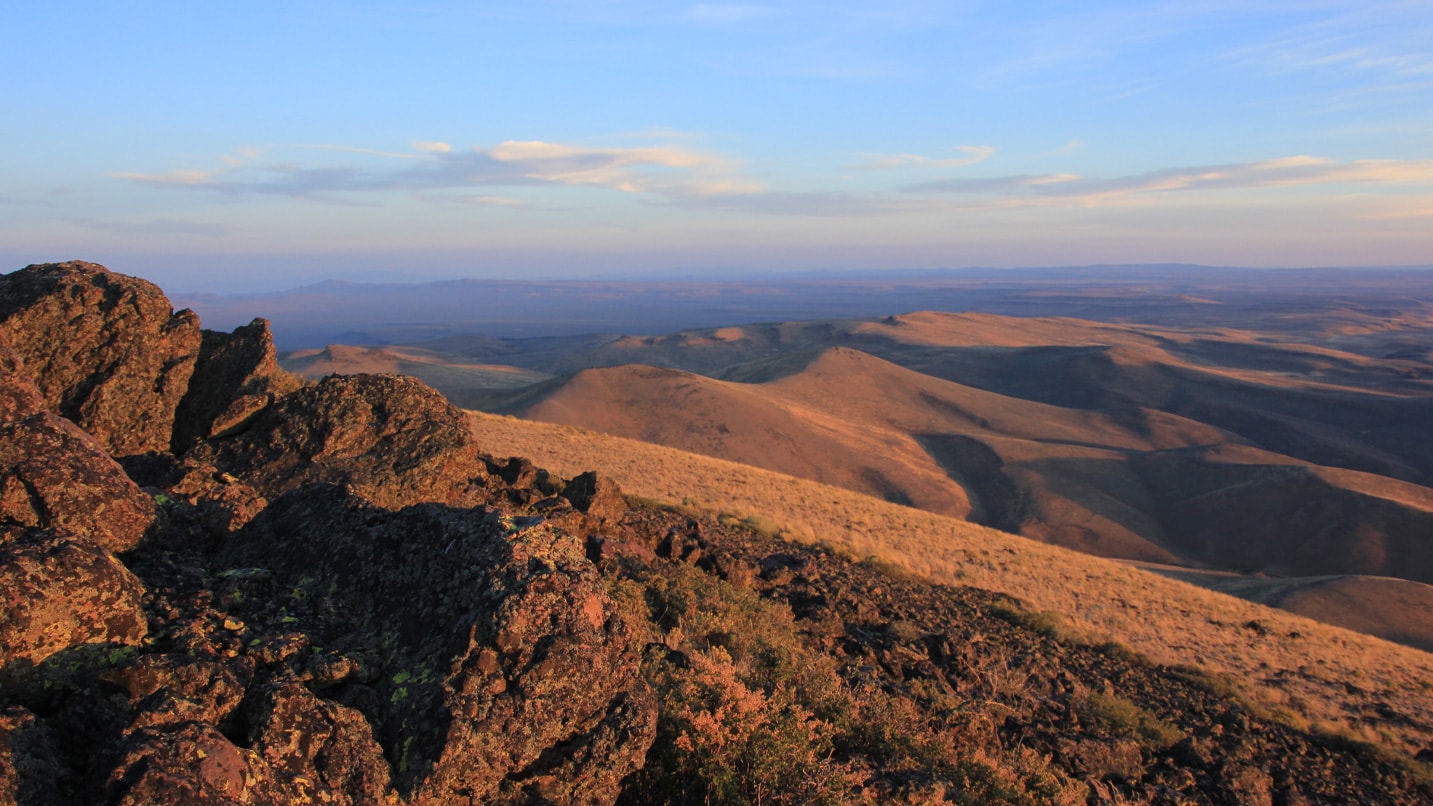
Dog-Friendly Hiking and Wildlife Viewing in the the Remote Reaches of Oregon
Eastern Oregon
It’s nearly impossible to single out the most remote location in Oregon, but Beatys Butte (managed by the Oregon Desert Land Trust) belongs in the conversation. Roughly two hours from Frenchglen (the nearest town), a trip to Beatys Butte demands self-sufficiency — carrying a spare tire for your spare tire, packing a full gas tank and driving a high-clearance vehicle. Those who make the trek between late spring and early fall are rewarded with dog-friendly hiking, views of the region’s grasslands and prime wildlife watching. Pronghorn antelope, bighorn sheep, greater sage-grouse, the western meadowlark (Oregon’s state bird), hundreds of wild horses and numerous other wildlife species call Beatys Butte home.
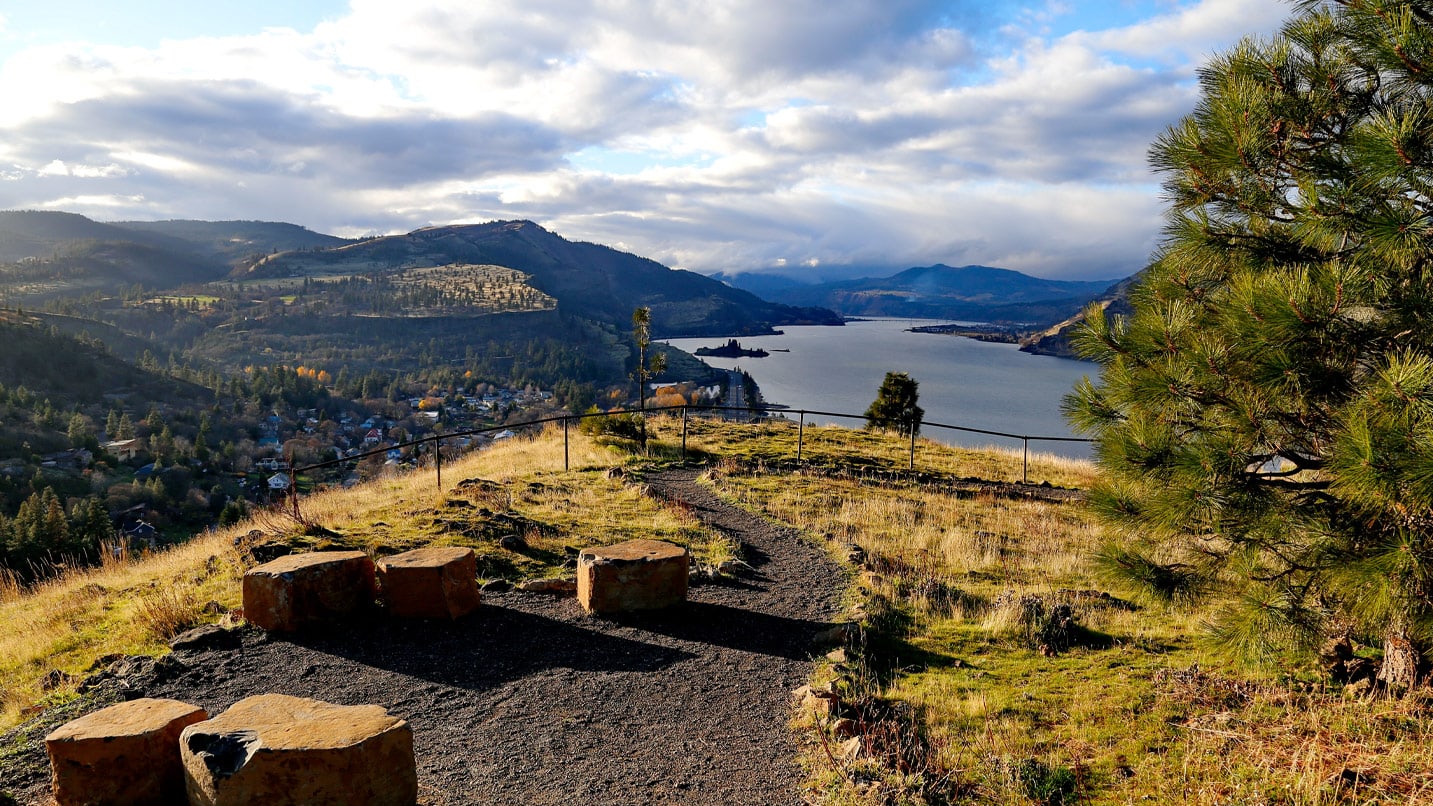
Springtime Wildflowers and Epic Gorge Views
Mt. Hood/Columbia River Gorge
Since opening to the public in 2013, Mosier Plateau has earned acclaim for its springtime wildflower blooms; more than 30 species have been spotted around the plateau in April and May, including yellow balsamroot and purple lupine. A 3.5-mile, round-trip hiking trail heads to Mosier Plateau (protected by Friends of the Columbia Gorge Land Trust); along the way, the dirt-and-gravel path (save for a few wooden steps) briefly follows Mosier Creek, ascends a grassy hillside and ends at an overlook that affords dramatic views of the Gorge. The trail is accessible year-round; dogs must be leashed at all times.
If You Go:
Want to visit these land trusts and other less-traveled trails around Oregon? Download the Coalition of Oregon Land Trusts’ “Oregon I Am” map (available in English and Spanish) for a guide to all 81 sites throughout the state. Stay tuned for a brand new custom game this fall that’s all about connecting with each other and to your favorite Oregon places — including ones you’ve yet to discover — through fun illustrations, silly conversation starters and beautiful landmarks.
Wherever you go, be mindful to pack out what you pack in (including pet waste), stay on designated trails, carry your Ten Essentials and follow other tips to Take Care Out There.
